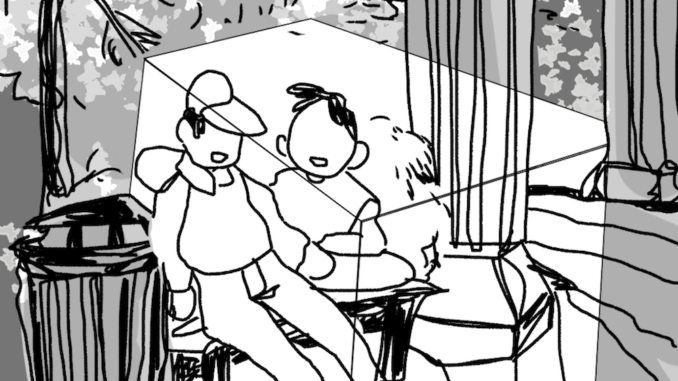
By Mackenzie Bath
If you go to a largely liberal college like Lewis & Clark, chances are you have encountered a “safe space.” It is a common phrase thrown around on campus, yet the meanings vary from case to case. I find this to be confusing, and possibly harmful for the progress of our society and especially our campus. So, what is a safe space?
The Oxford English Dictionary defines a safe space as “a place or environment in which a person or category of people can feel confident that they will not be exposed to discrimination, criticism, harassment, or any other emotional or physical harm.” This is how most college campuses and advocacy groups try to employ the term. However, there are many who feel that safe spaces are better defined as places where sensitive liberal “snowflakes” can shut themselves out from debate and getting their feelings hurt.
The difference between these two understandings of the term “safe space” is where my main problem lies. Those in favor of them only see the good and those against them only see the negatives. In our politically correct climate, this is an ever-growing problem. Oftentimes those who feel victimized by society want to speak out in an environment where they do not fear contradiction, while others think this is its own attack on their right to free speech. In my opinion, neither side is fully in the right.
The people who agree with the extreme negative definition see safe spaces as a place for people to ignore criticisms of their ideas. That is not what a safe space should be. The point is not to make people feel as if they are right, rather, just that you should not feel attacked or marginalized in a safe space. However, you should be able to handle being wrong or uncomfortable if you are not the one being victimized.
In establishing what safe spaces are, it is important to consider when they should be used. No one can have a safe space all the time, so the question arises of how to decide whose safe space it is and when. In most uses of safe spaces, the victims get to feel comfortable and know that they won’t be attacked. In many other spaces, the roles are reversed for victims and those complicit in their victimization, so it would appear to make sense to have a space in which oppressed people can speak out.
Many places that are sanctuaries for those who are oppressed or victimized offer themselves as safe spaces. The problem with this is that they can turn into echo chambers because everyone there already agrees with the sentiments being put forward. People may feel safe, but no progress is being made. Separating yourselves from those who make you feel unsafe is not really a solution, especially in a collegiate atmosphere. But does a safe space really have to be a solution? I think there is room for it to just be a comfort, but it does not help in the long run if it is not doing something more. Safe spaces should mean that people feel comfortable being themselves and sharing their experiences, and maybe teaching someone something. It is my belief that an opportunity for change lies in safe spaces, and that should not be ignored.
I do not think there is a clear answer to this issue. Safe spaces have turned into a hiding spot rather than an open floor for discussion, even at LC. I have been in classes where we have decided to be a safe space, which led to some productive environments, but also led to avoiding discussions that might bring controversy, and holding back opinions that would have added perspective. I believe that there should be a place for everyone to feel ready to share their opinions and listen to others, while ensuring that violent ideology isn’t thrown at people to make them feel unsafe. You may leave a safe space feeling a range of emotions, such as happiness or uncertainty. The important thing is that you listen and hear what the voices around you are saying.
Subscribe to the Mossy Log Newsletter
Stay up to date with the goings-on at Lewis & Clark! Get the top stories or your favorite section delivered to your inbox whenever we release a new issue.

If students want to form clubs where only certain views may be espoused, go for it. Freedom of association and all that.
Places that should not be safe spaces are class rooms or any forum open to all students. That is directly counter to the aims of education, which is to expand, not close, the minds of students.